Step-by-Step Instructions for Easy Artisan Sourdough with a Traditional Thick Crust
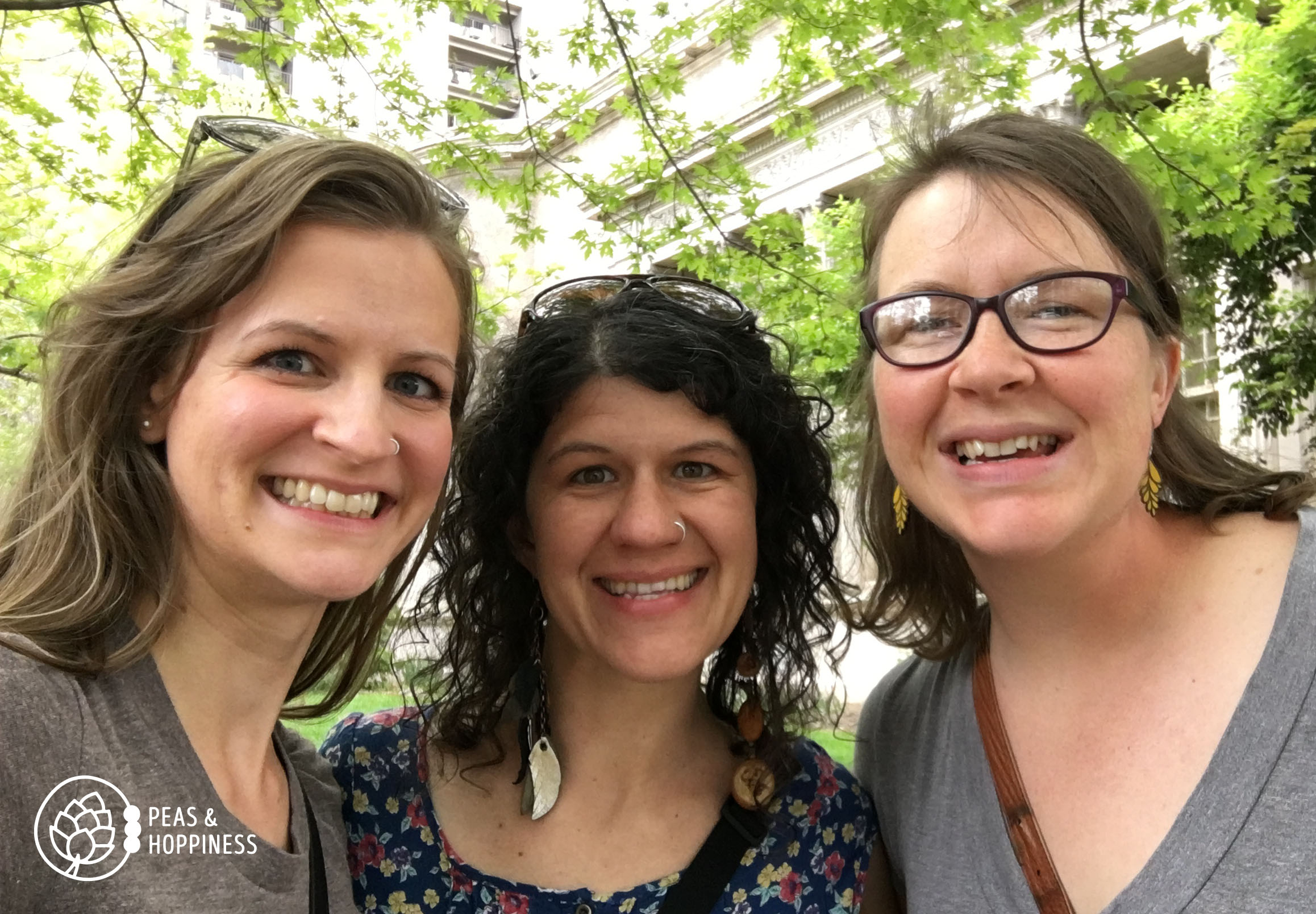
Myself with fellow foodies & friends Jessica and Amanda
You know what’s even better than being a foodie? Having friends who are foodies. The joy of food is exponentially greater the more foodies you have in the same room.
Last year two of my favorite people came to Colorado to visit me. If you think I’m a big fan of food, you should see us when we’re together. The entire weekend was about food. We went to farmer’s market. We ate at local restaurants. We cooked the most amazing dinners. And Amanda baked the most amazing bread.
Have I ever told you about my friend Amanda the Baker? She’s incredible. She has a degree in bakery science and an absolute passion for health, nutrition, and quality food.
She is the inspiration for this update to my original No-Knead Sourdough Bread post. In 2016 B.A. (Before Amanda) I was essentially making sandwich bread without using commercial yeast.
It was fine bread. Good, even. But it didn’t have that traditional sourdough crust. You know, the golden brown, chewy goodness on every piece. I like to break it off and dip it in olive oil before eating the soft middle.
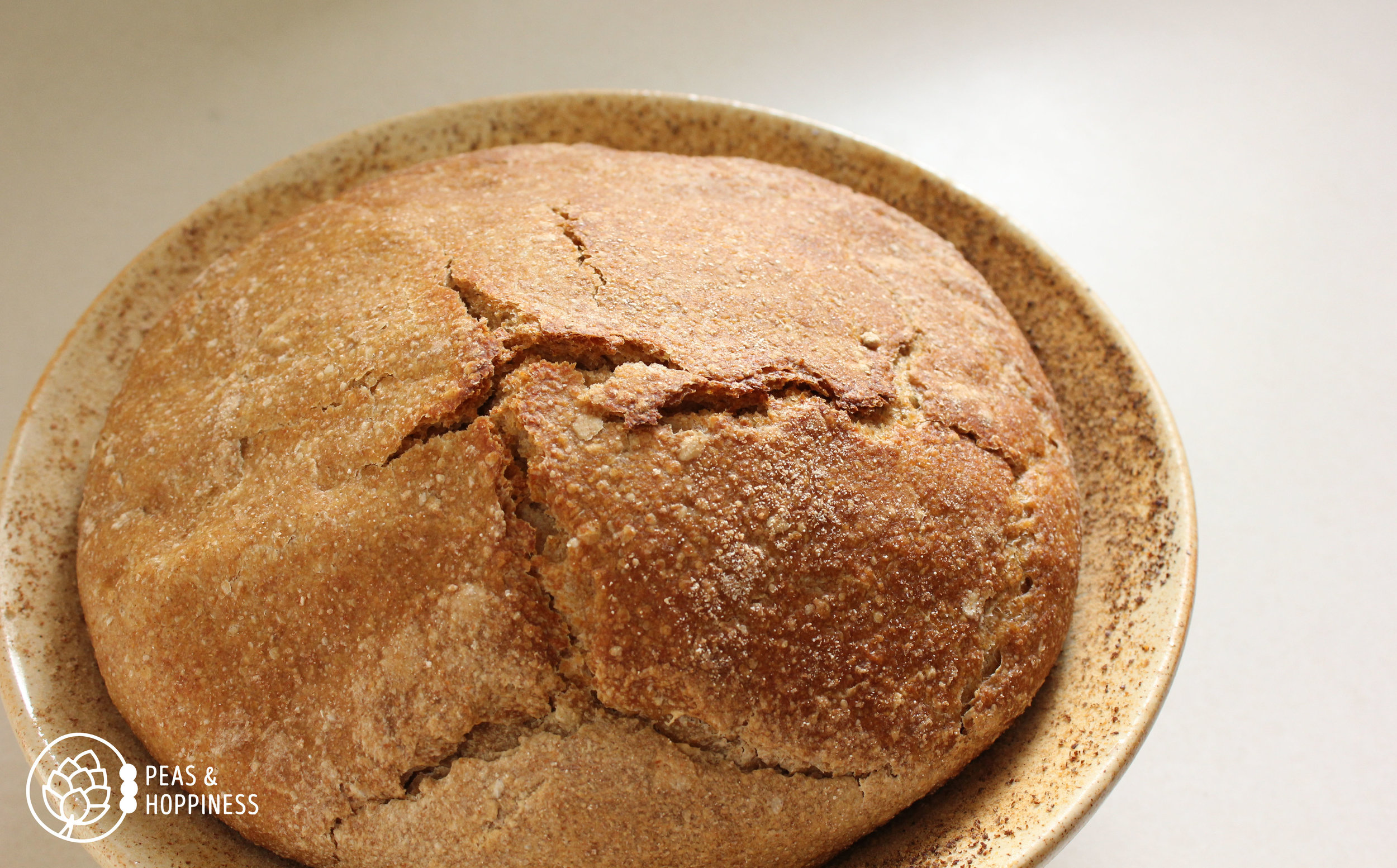
After watching Amanda transform my Merv sourdough starter into a beautiful artisan loaf with relatively little effort, I decided to try it for myself.
You might be asking, “But Ann, why would you take all that time to make bread? You can buy it in the store! You can just use yeast!” I’ll give you my top two reasons:
Flavor of Sourdough Bread
Merv the sourdough starter transforms water and flour into bread because of yeast. Yeast is such a cool organism because it consumes some of the carbohydrates in flour and produces carbon dioxide and alcohol, which stretches the gluten proteins in flour to produce air pockets.
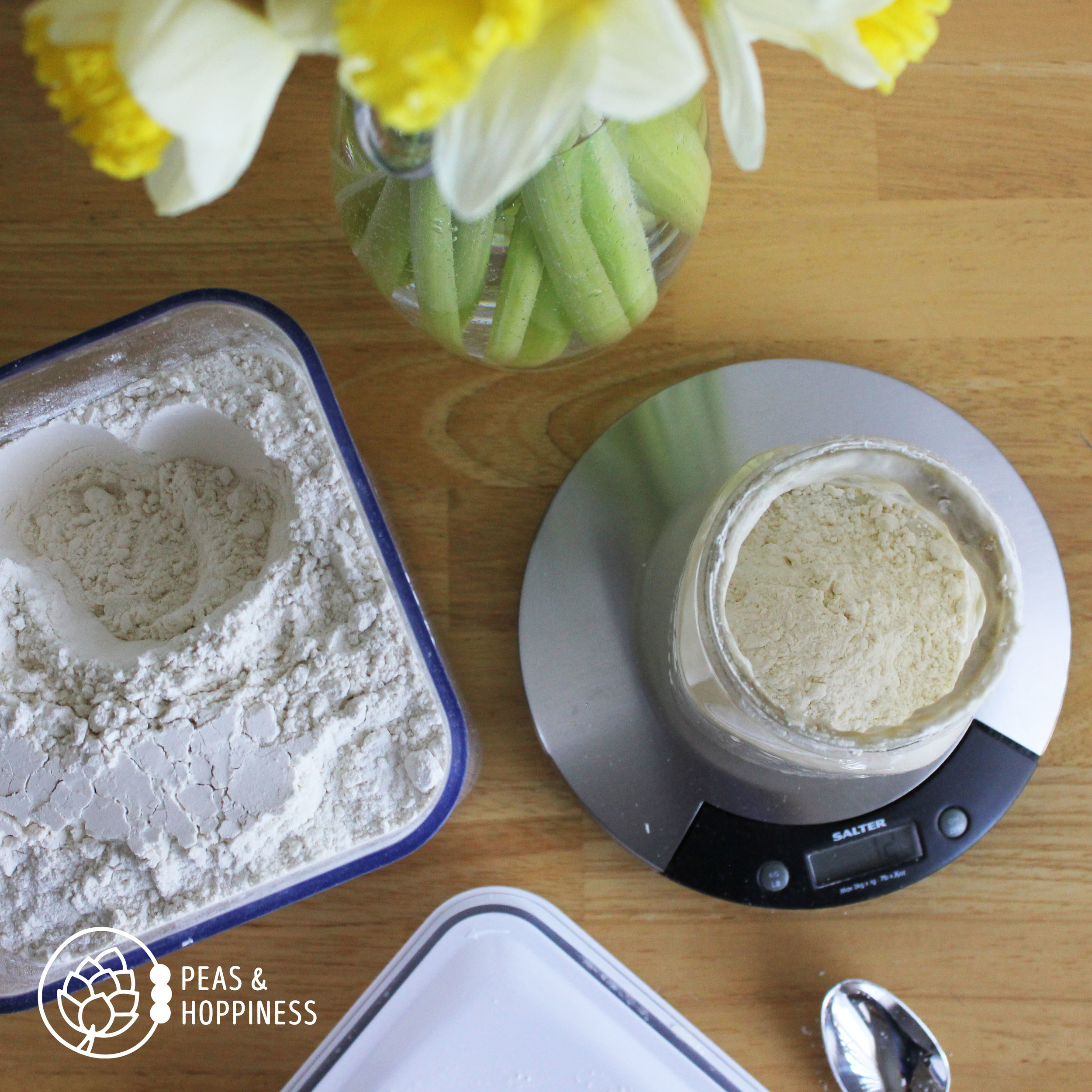
Overhead view of feeding Merv the Sourdough Starter
Yeast is responsible for leavening, but the unique flavor of sourdough is thanks to a bacteria found in Merv, called lactobacillus. This is one of the famous probiotics that is healthy for your gut (check out my previous post about probiotics). Lactobacillus produces an acid that makes fermented foods such as yogurt, sauerkraut, kombucha, and sourdough bread taste sour.
The longer the ferment, the longer the lactobacilli have to create acid and flavor the bread! To make a more sour loaf, add an extra teaspoon of salt to slow down the fermentation and allow the lactobacilli more time to produce this acid.
So Easy. So Forgiving.
Making homemade bread seems like a scary thing if you’ve never done it before. However, once you try it a couple times you’ll realize just how easy it is. It takes time, but not a lot of effort.
Two days before I’m ready to bake my bread, I start the process by feeding Merv, my beautiful sourdough starter. I put him on a scale and feed him equal parts (by weight) flour and water, stir him up, and let him rest at room temperature a few hours.
Merv the Sourdough Starter is the leavening agent for the bread and he has living yeast in him – thus the need for regular feeding and also the reason you can see him grow before and after eating. Merv is made of wild yeast found in the environment; the exact type of yeast varies from place to place, which is why New York sourdough tastes a little different than San Franciscan sourdough. If you want to try your hand at sourdough, I’m happy to share a bit of Merv with you. You can also make your own sourdough starter or purchase one.
The evening before I plan to make bread, I mix up the batch: one cup of Merv, three cups room-temperature water, one teaspoon of salt, and six cups of flour (I use half bread flour and half whole-wheat flour). The dough is so wet that I only need to stir to combine – no kneading the night before!
I then cover my dough with a towel and let him sit overnight, usually between 14-18 hours. The sourdough will tell you it’s done with its first ferment when it begins to fall slightly from the height of its rise. If it starts to fall, quickly proceed to the next step!
Here’s where the process for Artisan sourdough varies slightly from the original sandwich bread recipe. Instead of simply placing the dough into bread loaves, I add flour and knead for five minutes or so, until the dough begins to take shape and springs back slightly when you poke it.
From here, you have two options of how to bake your bread:
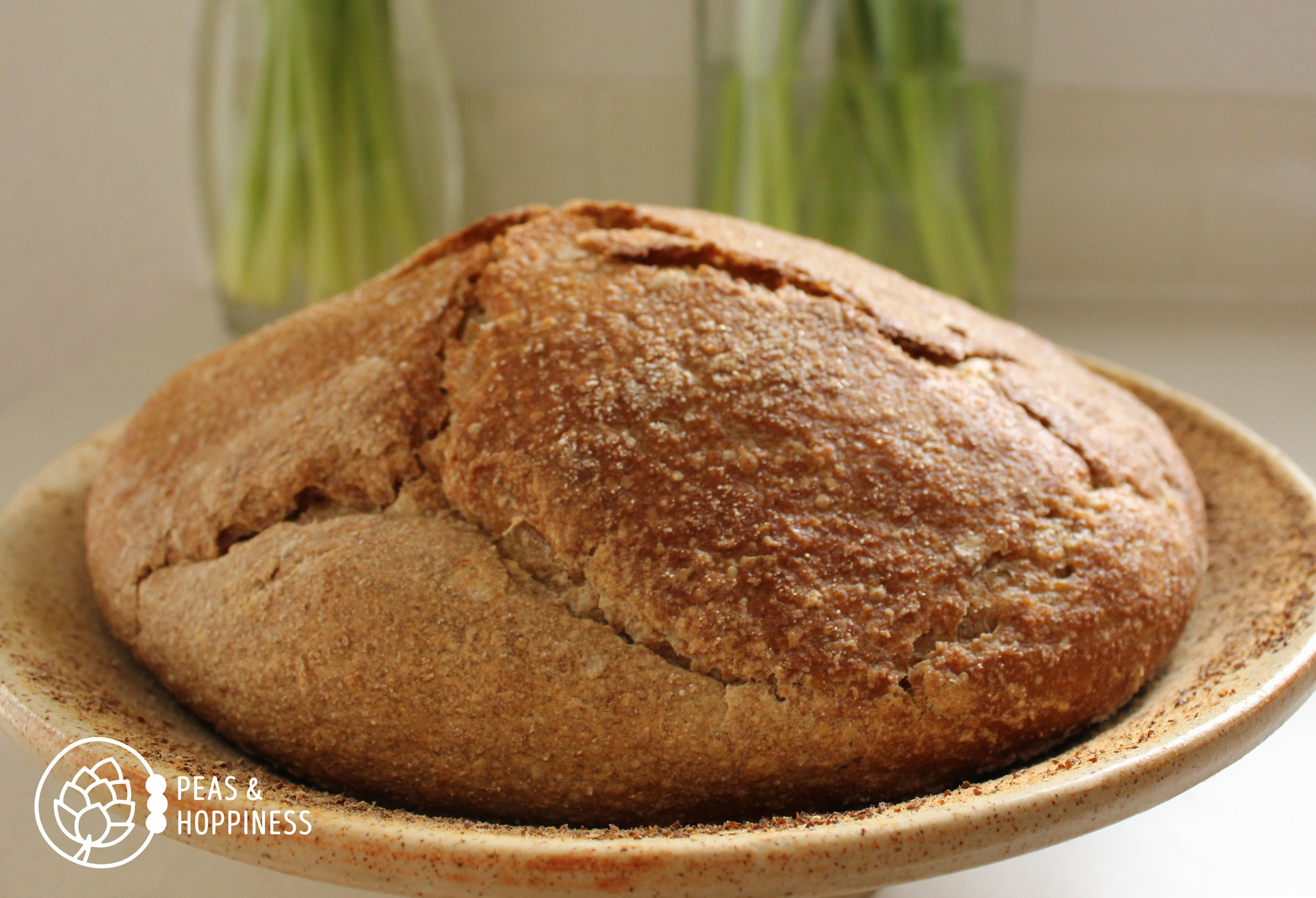
-
Place dough in a greased/floured bowl and allow to rise for a few more hours. Towards the end of the rise, pre-heat a baking stone in the oven to 450 degrees Fahrenheit. Once pre-heated, pour the dough onto the stone, place a piece of aluminum foil over the top. Bake with the foil for 30 minutes, then remove the foil and finish baking another 15 minutes.
-
Place dough into a Dutch oven or other ceramic bowl-shaped container and allow to rise. The bowl shape helps the wet dough keep its shape. Once the dough has risen, place aluminum foil over the top and back at 450 degrees for 30 minutes, then remove foil and finish baking another 15 minutes.
Now you slice the bread, spread some real butter on in, and eat up. So sour, so yum.
Enjoy!
Related Recipes & Blog Posts
Artisan Sourdough Bread Recipe
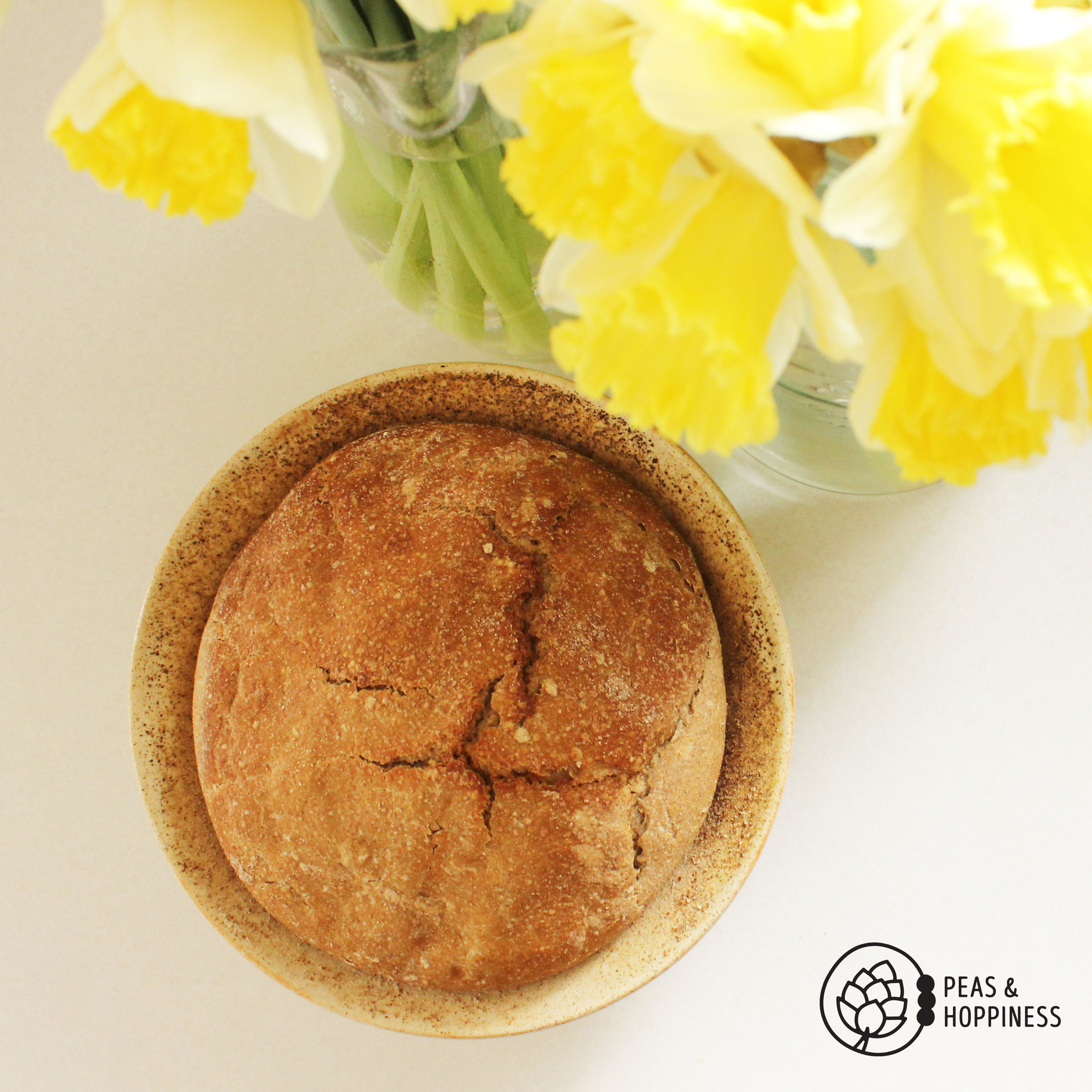
Ingredients
-
1 c. sourdough starter
-
3 c. water
-
1 tsp. salt
-
3 c. bread flour
-
3 c. whole wheat flour
Instructions
-
In a large bowl, mix together starter, water, and salt until well-combined.
-
Stir in both types of flour until all flour is mixed in.
-
Cover and let sit for 12-18 hours until dough has risen to its peak (if dough begins to fall, proceed quickly to the next step!). A cooler kitchen will need more time.
-
Pour dough onto floured surface, then divide in two and place into two greased and floured ceramic dishes. Allow to rise another 4-5 hours.
-
Cover with foil and bake at 450 degrees Fahrenheit for 30-40 minutes. Remove foil and bake an additional 15 minutes. Once fully baked, bread will sound hollow when you tap on it.
Serves 18 – Serving Size: 1 slice – Nutrients per serving: 154 calories — 0g total fat — 0g saturated fat — 0mg cholesterol — 133mg sodium — 32g total carbohydrates — 0g sugar — 3g fiber — 6g protein
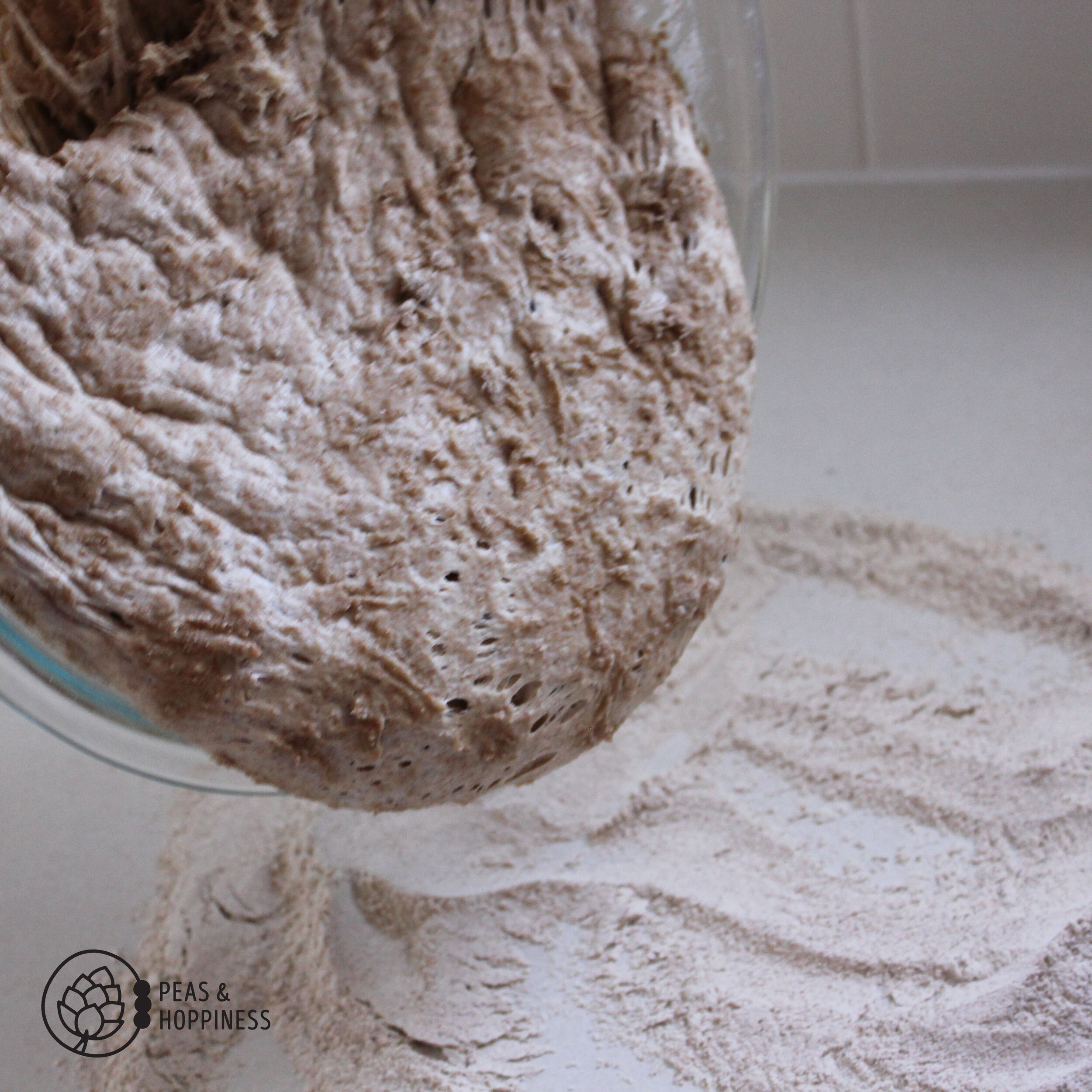

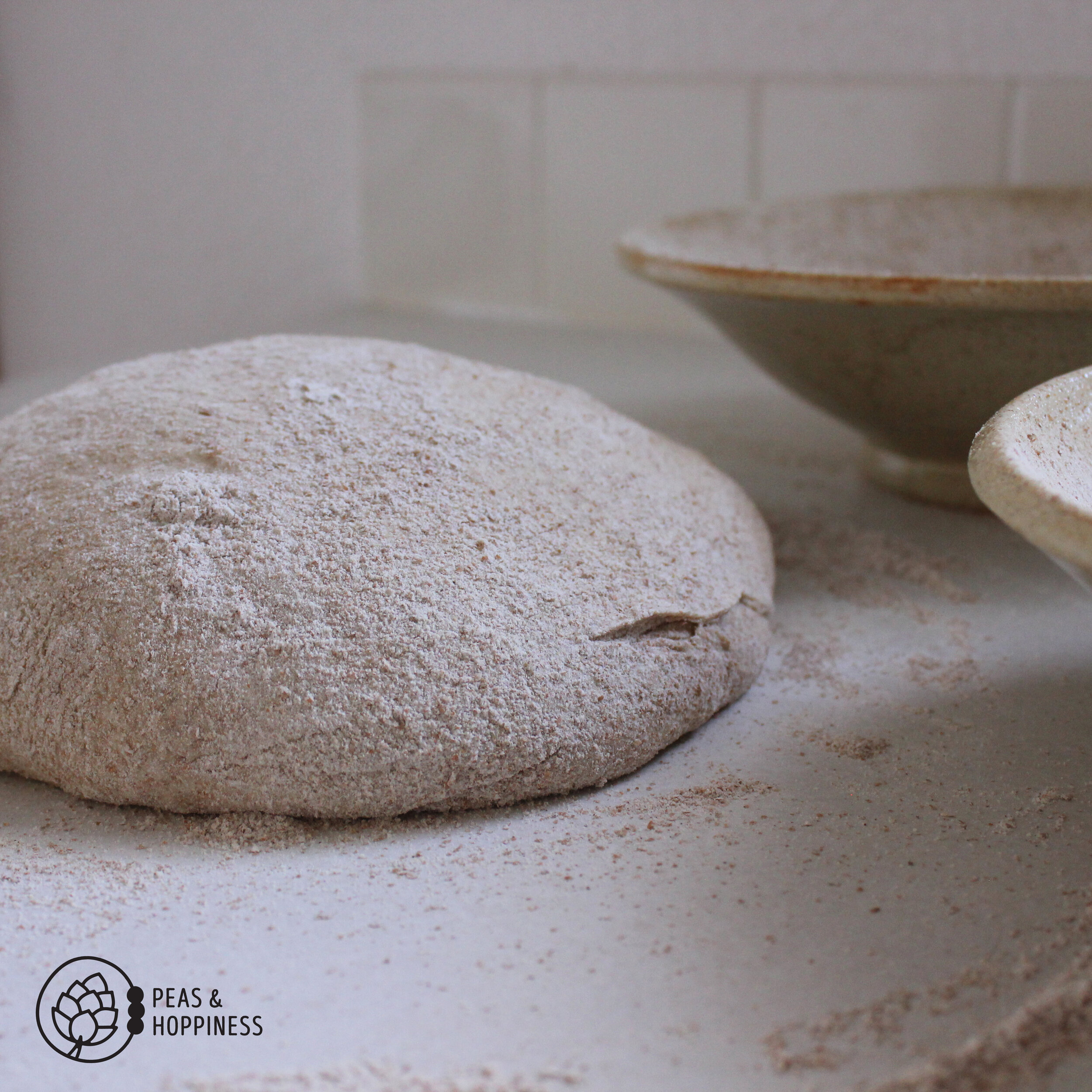
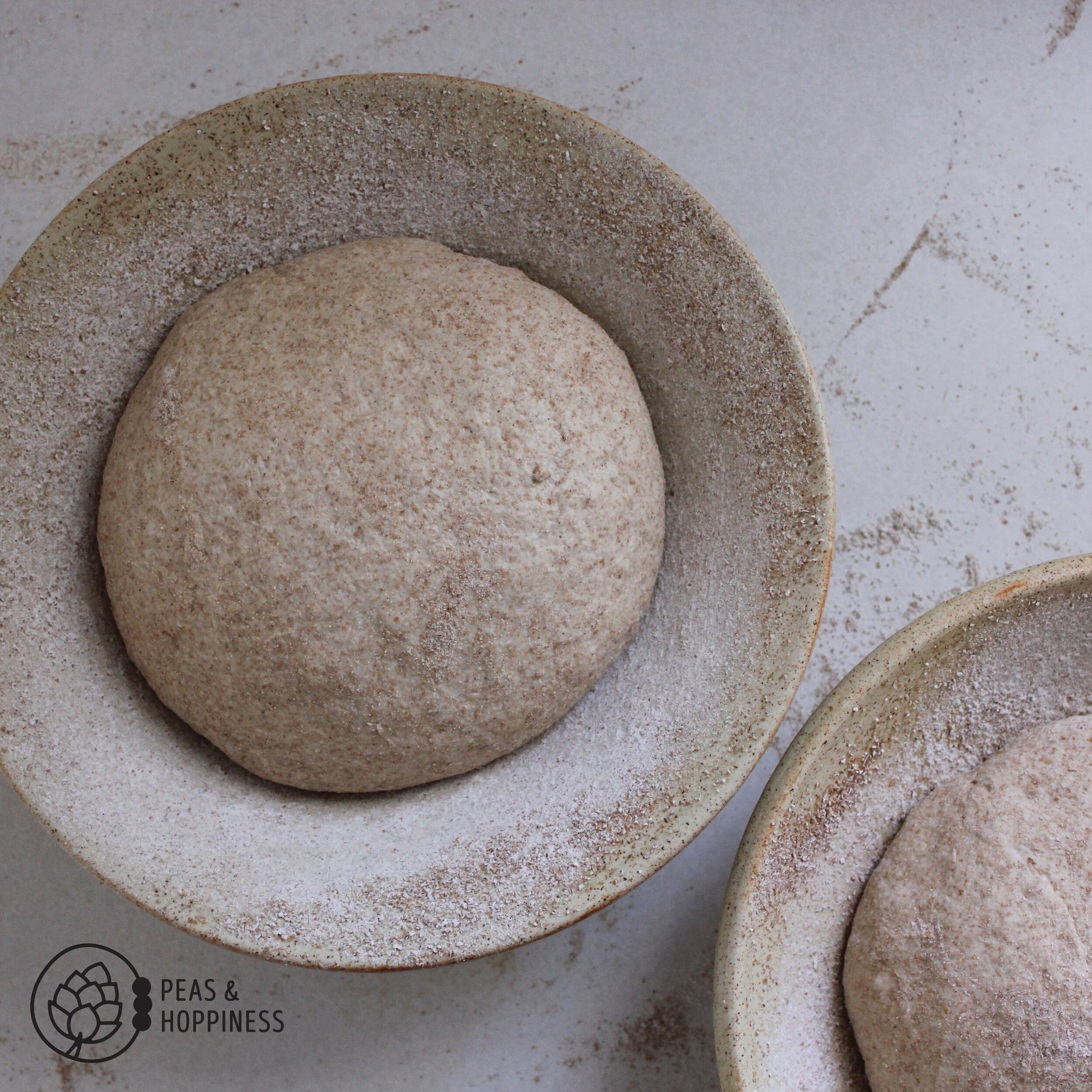
1 thought on “How to Make Artisan Sourdough Bread (Easy Recipe)”
Yah!!! This makes me so happy. I’m so glad you’ve mastered the greatness of sourdough bread!